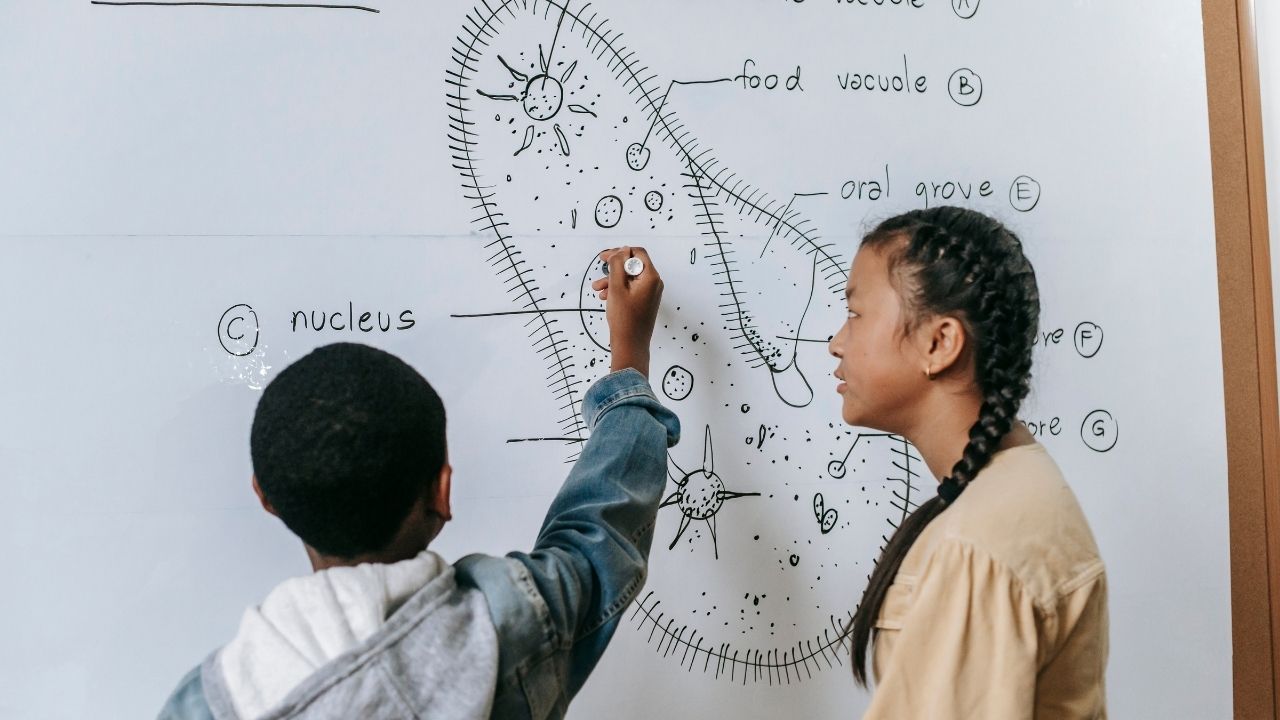
Introduction
Engaging young learners in science is essential for fostering their curiosity, critical thinking skills, and love for learning. Science experiments provide hands-on opportunities for children to explore the world around them and develop a deeper understanding of scientific concepts. In this article, we will discuss some exciting and educational science experiments that are perfect for young learners.
The Classic Baking Soda and Vinegar Experiment
One of the most popular and engaging science experiments for kids is the baking soda and vinegar reaction. This simple experiment demonstrates the concept of chemical reactions and is sure to captivate young minds. To conduct this experiment, you will need:
- Baking soda
- Vinegar
- A container or bottle
- Food coloring (optional)
Have the children pour some baking soda into the container, then add vinegar and observe the fizzy reaction. They can also add food coloring to make the experiment more visually appealing. Encourage them to experiment with different amounts of baking soda and vinegar to see how it affects the reaction.
Exploring the Water Cycle with a Terrarium
Teaching children about the water cycle is an important aspect of environmental science. Creating a terrarium is an excellent way to demonstrate this concept in a hands-on manner. To make a terrarium, you will need:
- A clear container with a lid
- Pebbles or gravel
- Activated charcoal
- Potting soil
- Small plants
- Water
Have the children layer the pebbles, charcoal, and soil in the container, then plant the small plants and water them. Place the lid on the container and observe how the water evaporates, condenses on the lid, and then falls back down as precipitation, creating a miniature water cycle.
Discovering the Power of Magnets
Magnets are fascinating to children and provide an excellent opportunity to explore the concepts of attraction and repulsion. Some engaging magnet experiments include:
- Magnetic maze: Create a maze using cardboard and have the children guide a small metal object through it using a magnet.
- Magnetic fishing: Fill a container with water and add metal objects. Have the children "fish" for the objects using a magnet tied to a string.
- Magnetic art: Provide children with magnets and iron filings, and let them create unique patterns and designs on a piece of paper.
Investigating the Properties of Matter with Oobleck
Oobleck is a non-Newtonian fluid that behaves both as a liquid and a solid, depending on the force applied to it. This unique substance is an excellent tool for teaching children about the properties of matter. To make Oobleck, you will need:
- Cornstarch
- Water
- Food coloring (optional)
Mix equal parts cornstarch and water in a bowl, adding more of either ingredient until the desired consistency is reached. Children can then explore the properties of Oobleck by trying to pick it up, roll it into a ball, or watch it drip through their fingers.
Exploring the Senses with a Mystery Box
Engaging children's senses is a great way to encourage scientific observation and critical thinking. A mystery box experiment allows children to use their senses of touch, smell, and hearing to identify objects. To create a mystery box, you will need:
- A box with a hand-sized hole cut into it
- Various objects with distinct textures, shapes, and scents
Place the objects inside the box and have the children take turns reaching inside and describing what they feel, smell, or hear. Encourage them to make predictions about what the objects might be before revealing them.
Conclusion
Engaging young learners in science through hands-on experiments is a fantastic way to foster their natural curiosity and love for learning. By providing them with opportunities to explore concepts such as chemical reactions, the water cycle, magnetism, the properties of matter, and sensory observation, we can help develop their scientific thinking skills and inspire a lifelong interest in science. These engaging science activities are just a few examples of the many ways we can make learning science fun and accessible for kids.
 Careers in EducationElementary EducationHigh School EducationEducational TechnologyTeaching StrategiesSpecial EducationPrivacy PolicyTerms And Conditions
Careers in EducationElementary EducationHigh School EducationEducational TechnologyTeaching StrategiesSpecial EducationPrivacy PolicyTerms And Conditions
